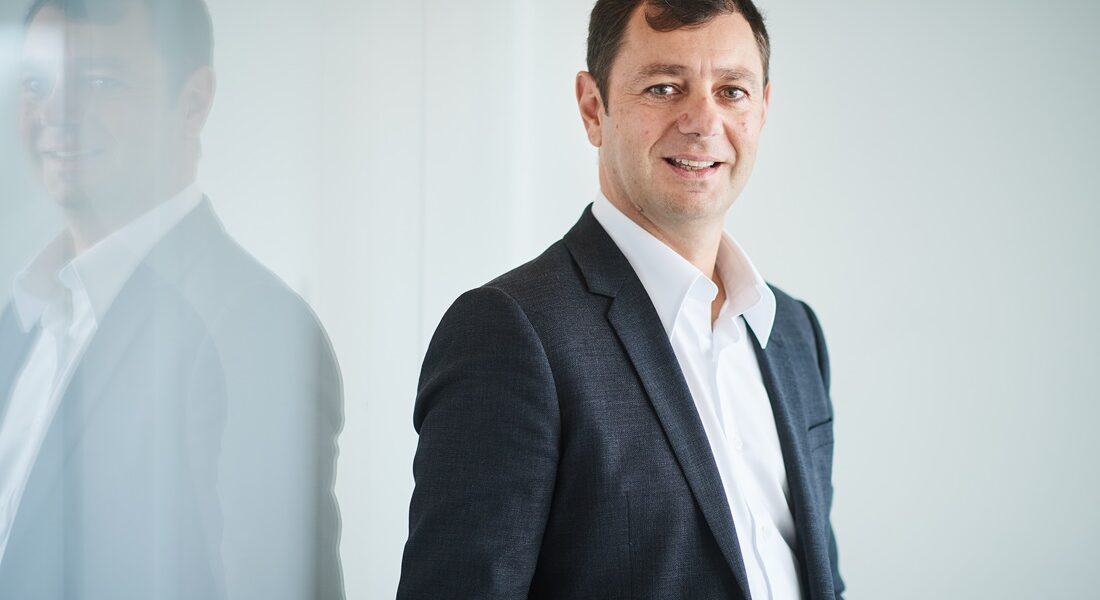Decarbonization Pathways for Europe: The Alliance of Molecules and Electrons
ENGIE is committed to accelerating the transition to a carbon-neutral economy. Jérôme Malka outlines key findings from our scenario for Europe’s 2050 energy transition.
- Blog
- 16/01/2025

At ENGIE, our purpose is clear: to drive the transition to a carbon-neutral economy by reducing energy consumption and embracing environmentally friendly solutions. For us, achieving decarbonization within 30 years requires a flexible, multi-technology approach. We believe all renewable energy sources must be harnessed to ensure energy system resilience and the competitiveness of European economies.
Jérôme Malka, ExCom member at ENGIE – International Supply & Energy Management, shares insights from ENGIE’s scenario for Europe’s 2050 energy transition, emphasizing the role of electrification and energy efficiency. “Electricity demand will rise significantly, especially due to the growing use of electric heating in buildings and in industrial processes,” he says. “But this increase will be tempered by energy efficiency gains. At the same time, new demand from electric mobility and hydrogen production via electrolysis will drive up consumption. Overall, electricity demand in Europe is expected to grow by 80% between now and 2050.”
One of the key challenges ahead is the rapid expansion of renewable energy. Jérôme stresses the need for a sixfold increase in wind and solar power to meet European climate targets. “In 2022, Europe added 40GW of solar and 20GW of wind capacity, but the pace must quicken to achieve our goals. We also recognize the growing importance of Power Purchase Agreements (PPAs), though regulatory hurdles and slow permitting processes must be addressed to accelerate progress.”
Flexibility in the energy system is another critical issue. As renewable energy sources like wind and solar are intermittent, the grid will need significant flexible capacity to handle production variability. “We estimate that an additional 600GW of flexible capacity will be needed to complement the existing 200GW,” Jérôme explains. “This flexibility can be provided by a mix of solutions, including traditional pumped storage, stationary batteries, vehicle-to-grid technology, demand-side management, and decarbonized thermal power plants using transportable molecules.”
In closing, Jérôme emphasizes that solar and wind are vital for the energy transition but must be supported by flexible solutions. “We believe the key to meeting the ambitious goals of the energy transition lies in combining gas and electricity. This is what we call ‘the alliance of electrons and molecules.” By leveraging e-molecules produced from hydrogen alongside biomethane, we can ensure the energy system’s resilience and help reduce costs for society as a whole.”
These efforts will be crucial in shaping a sustainable, secure, and competitive energy future for Europe.